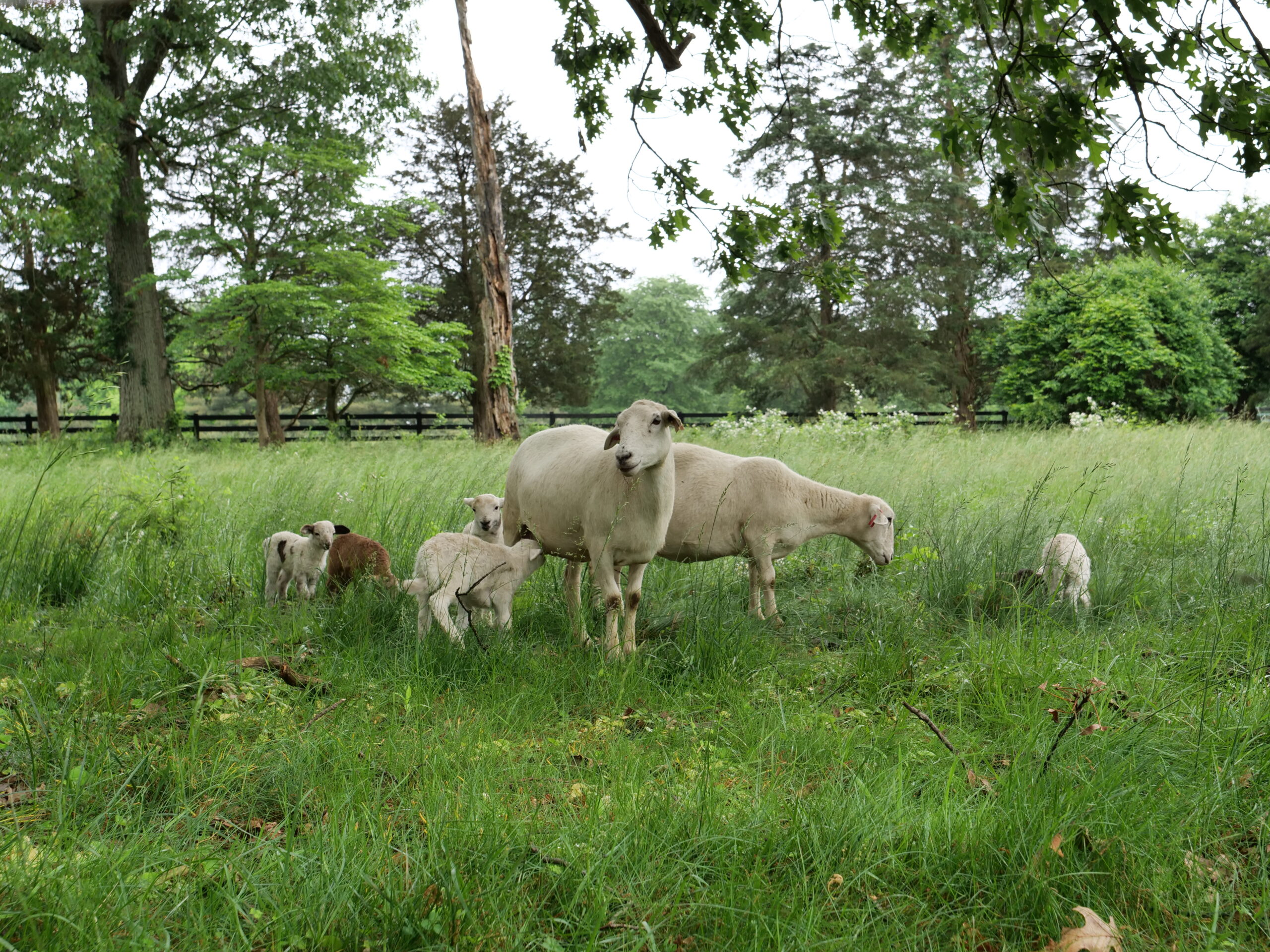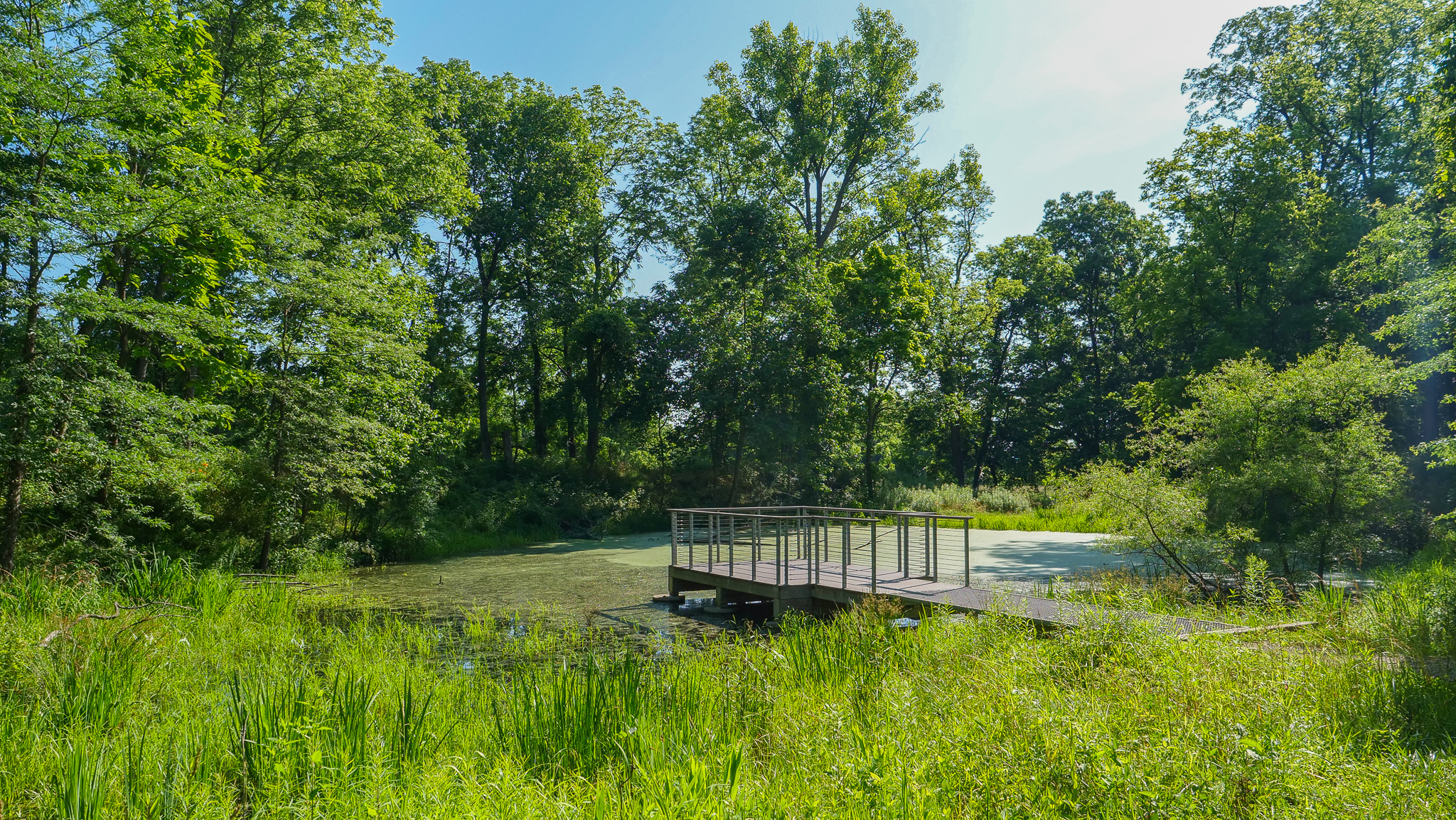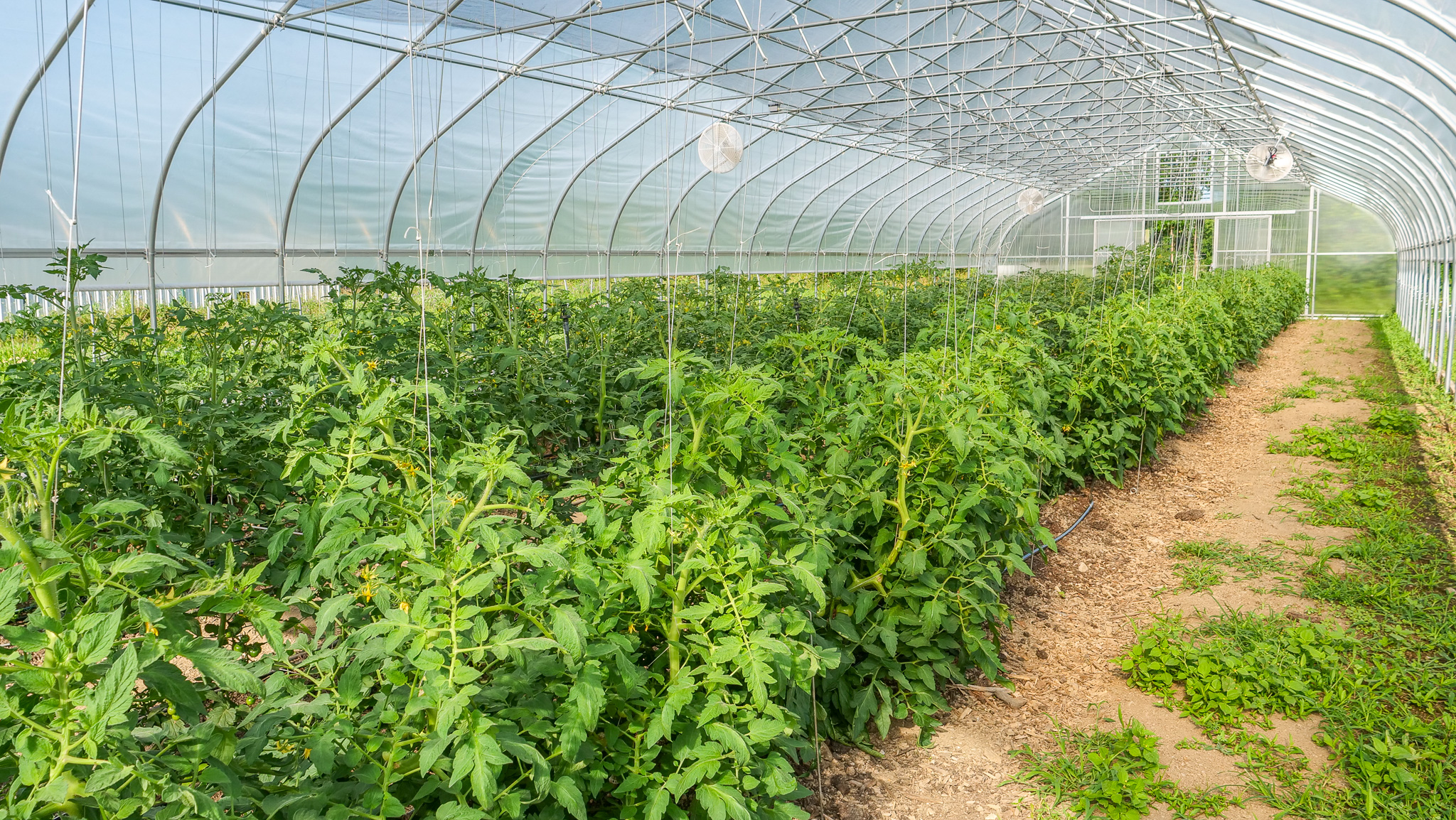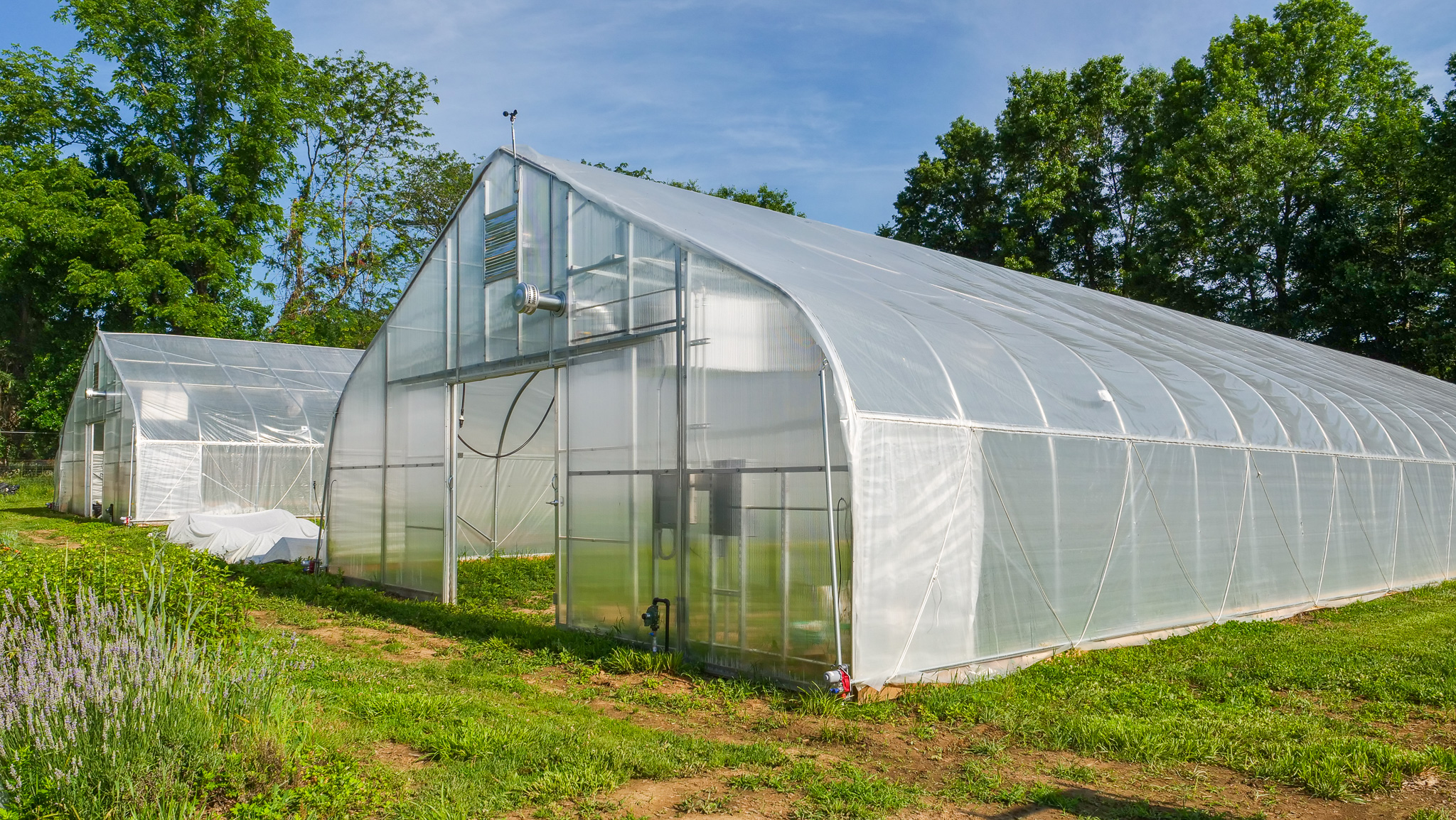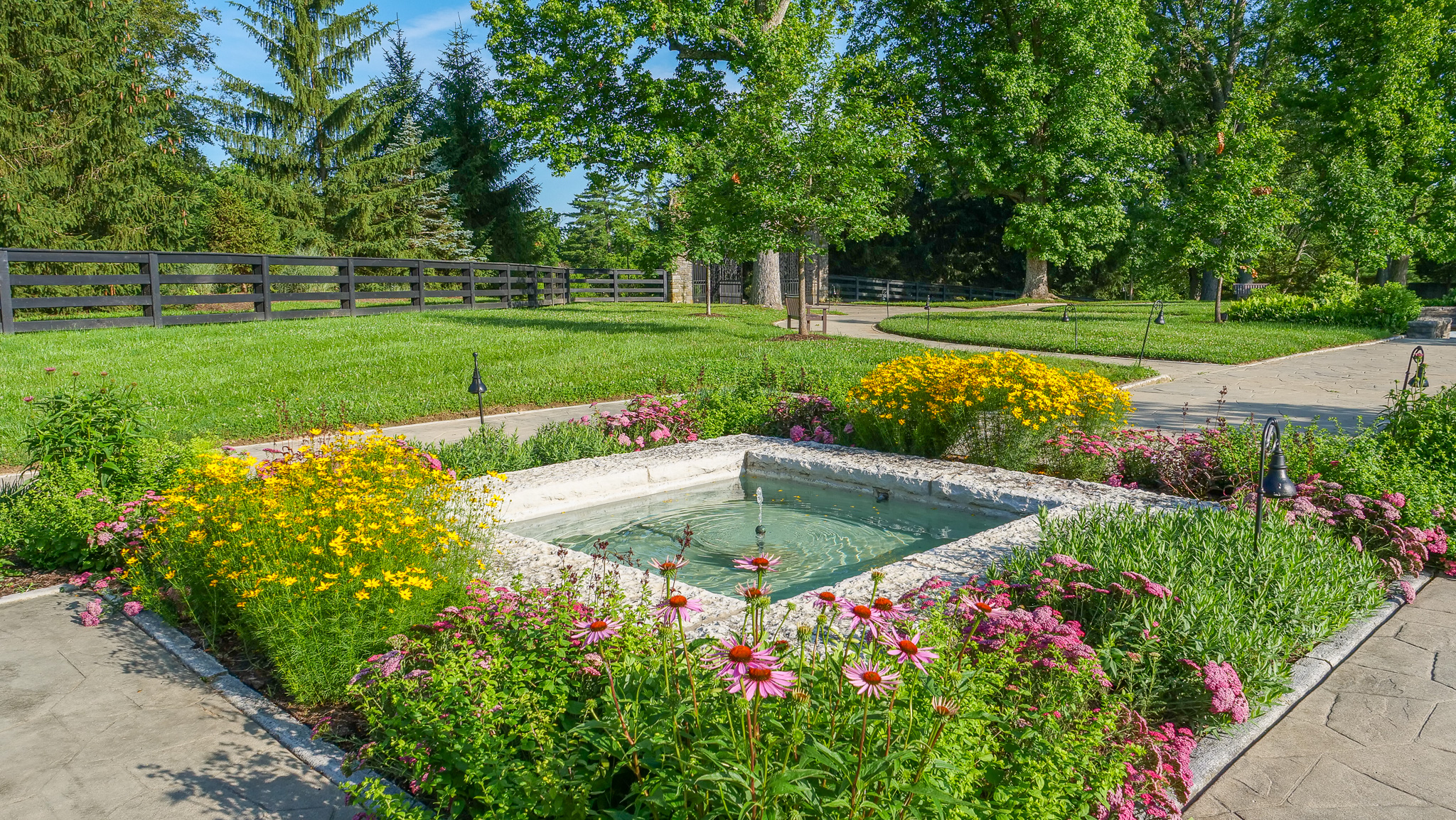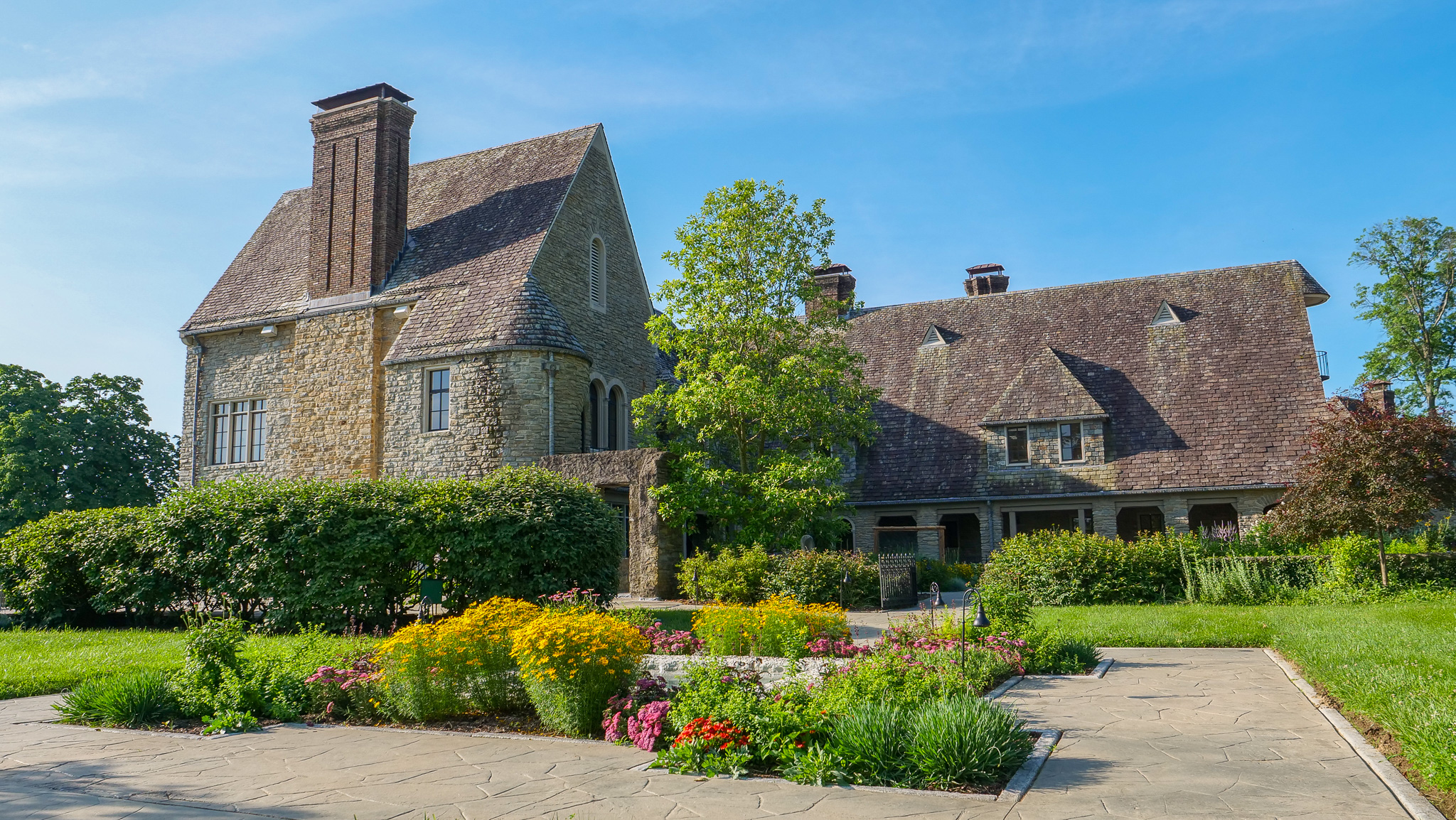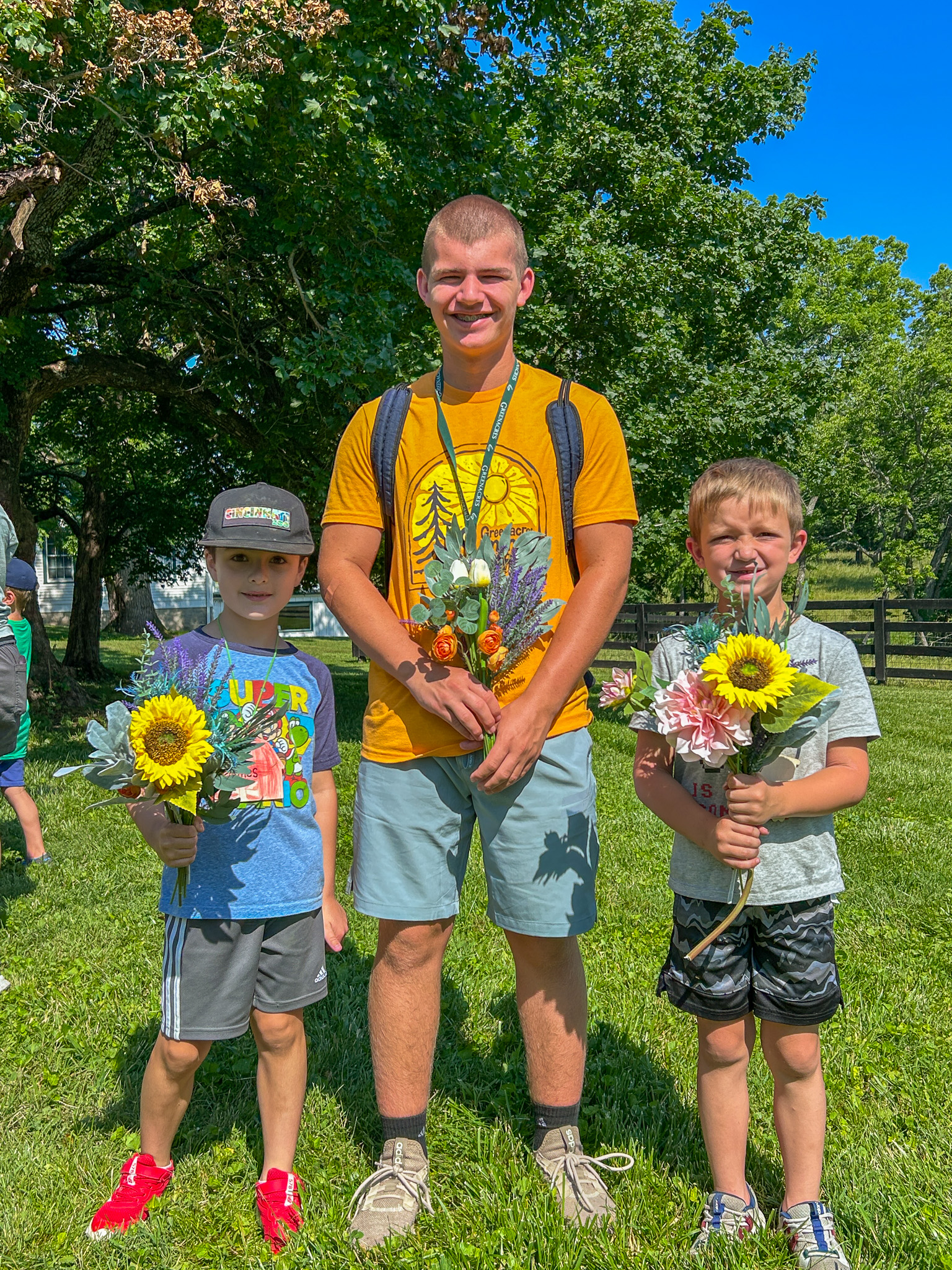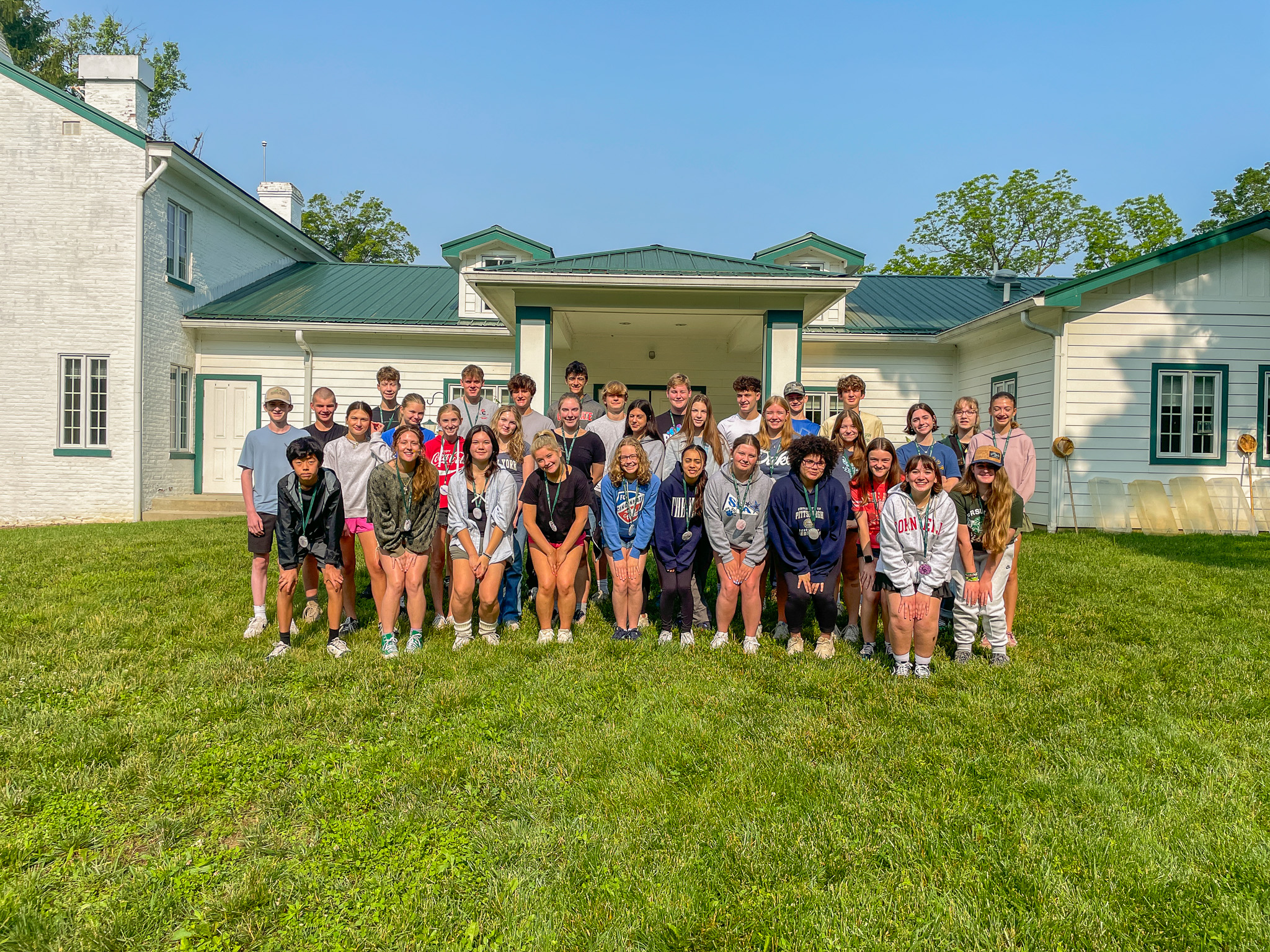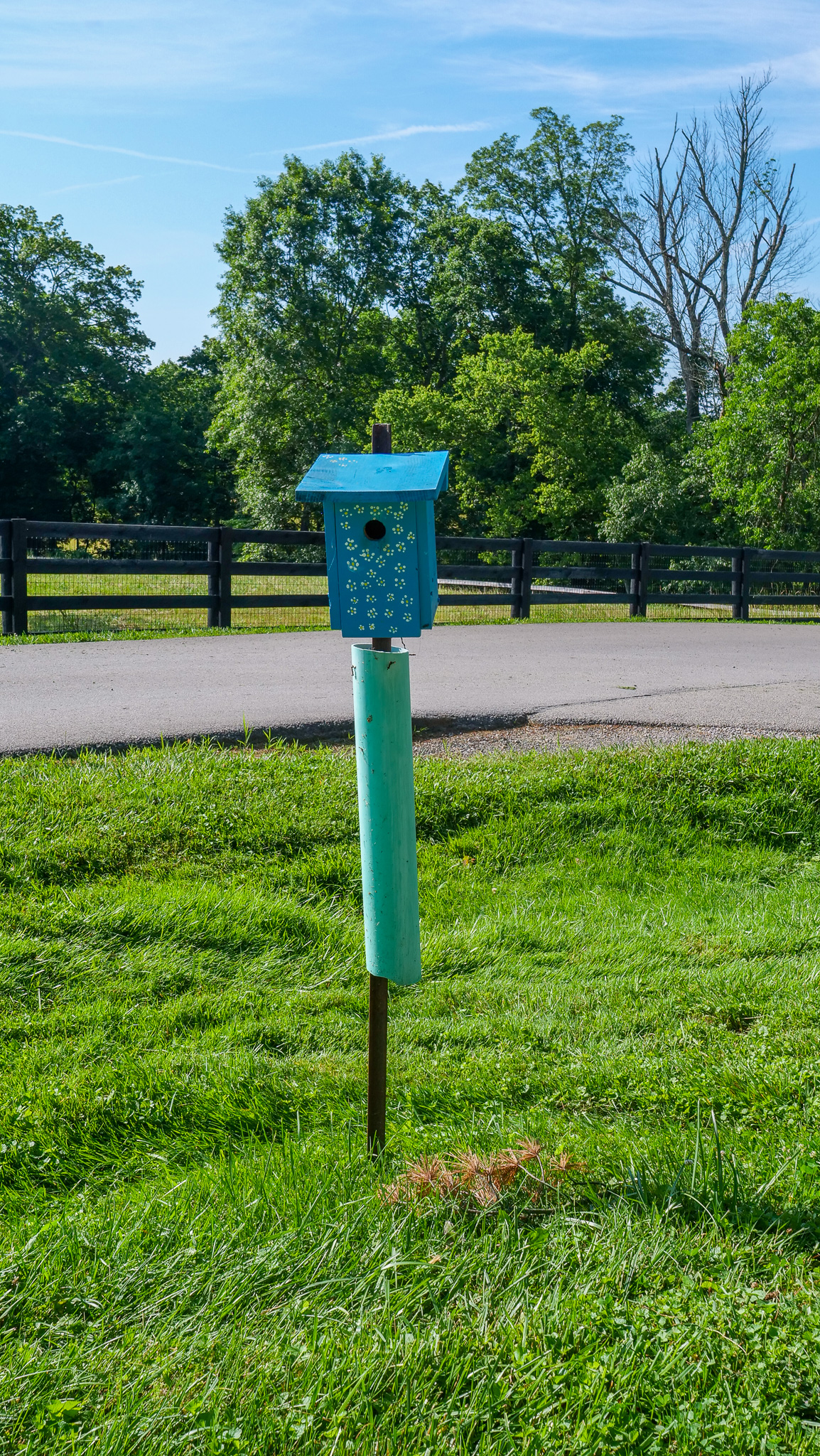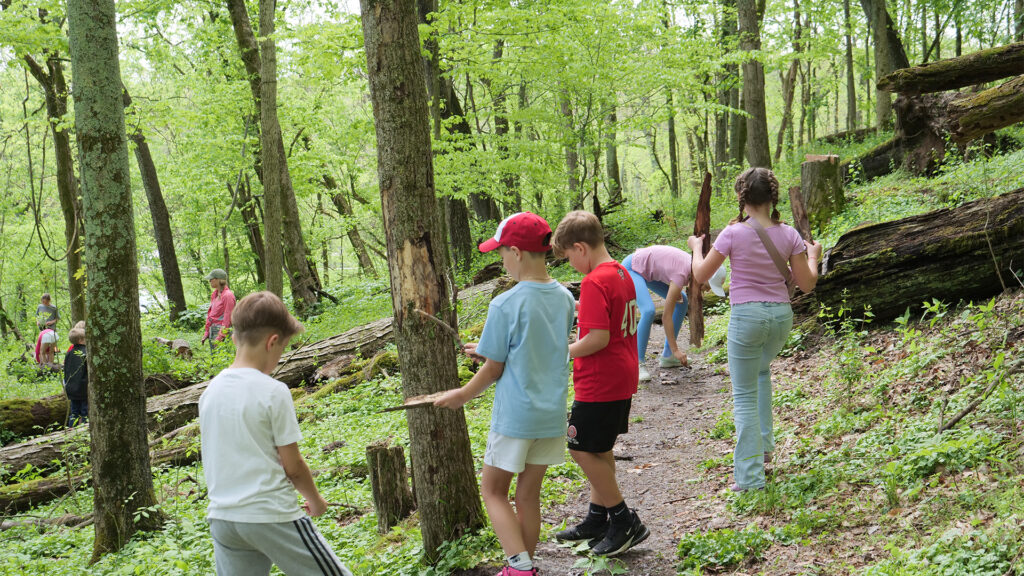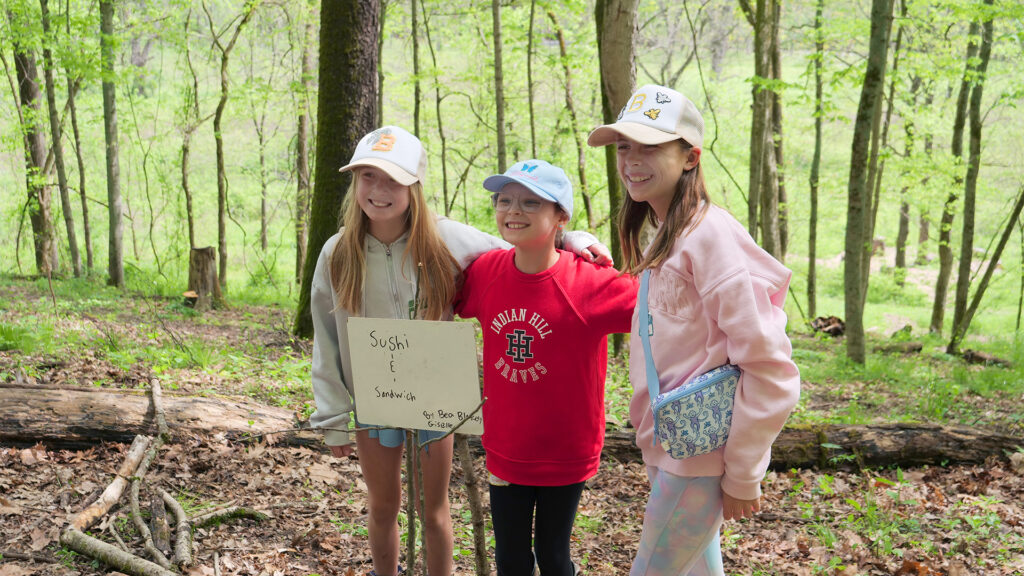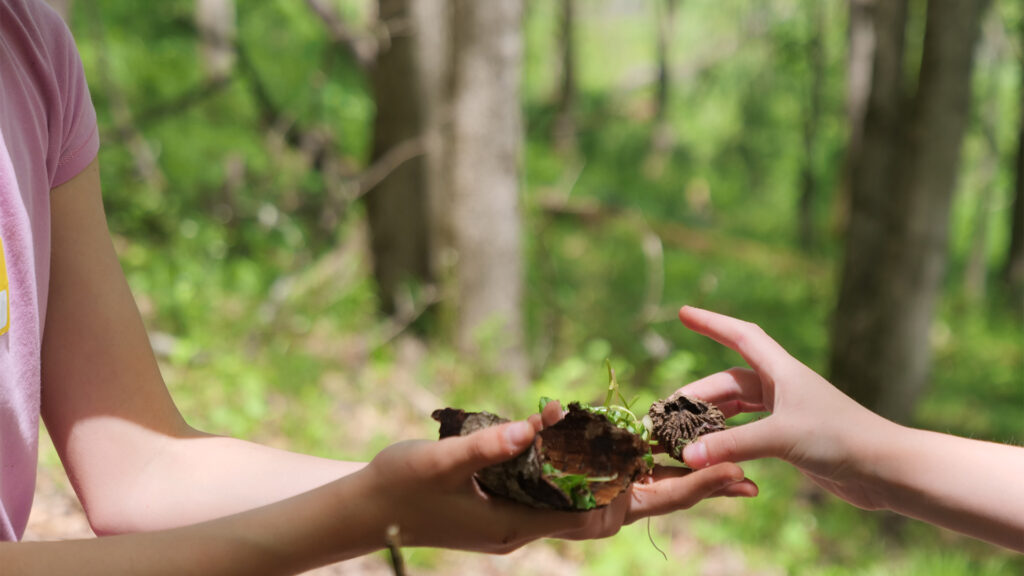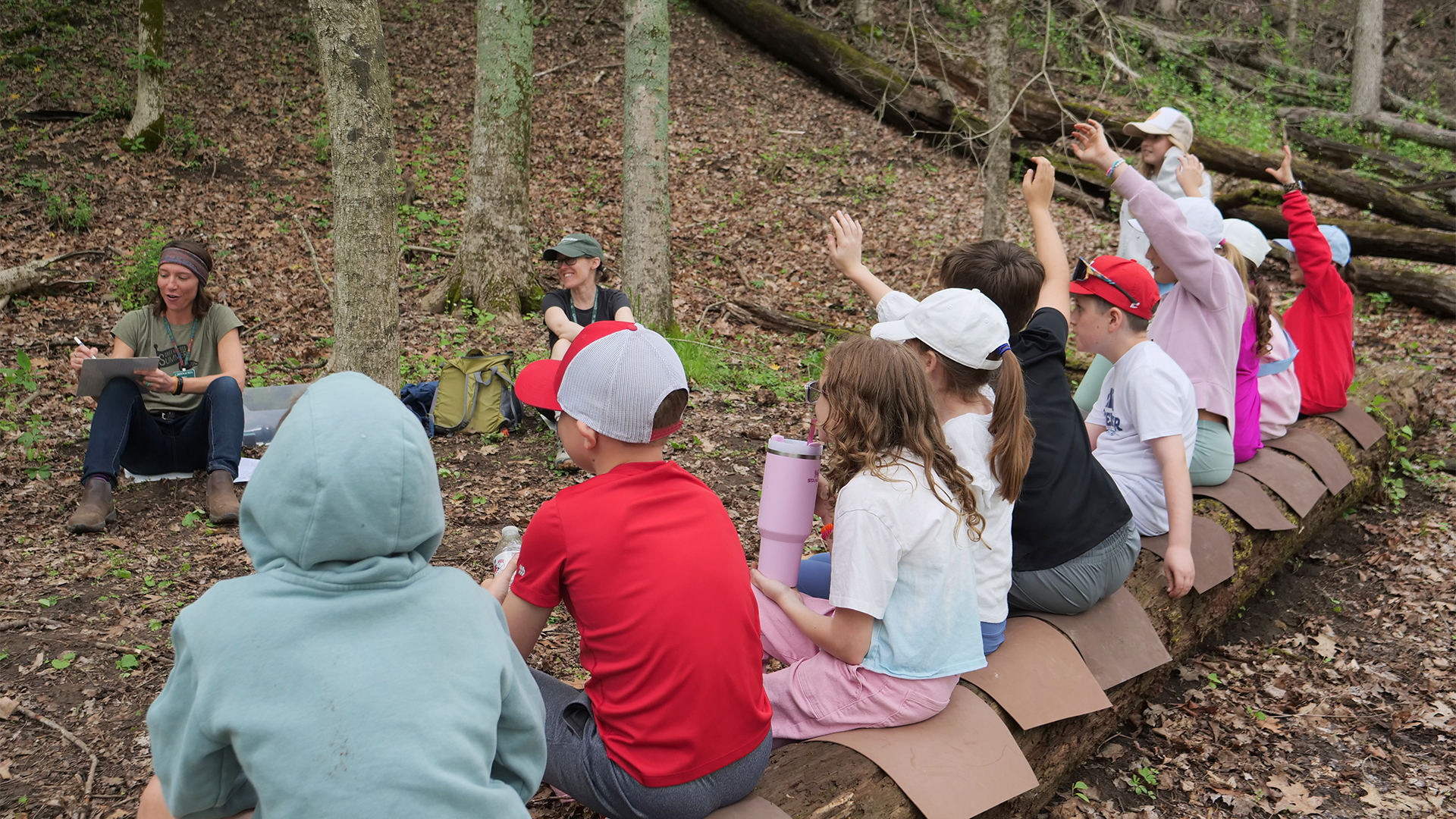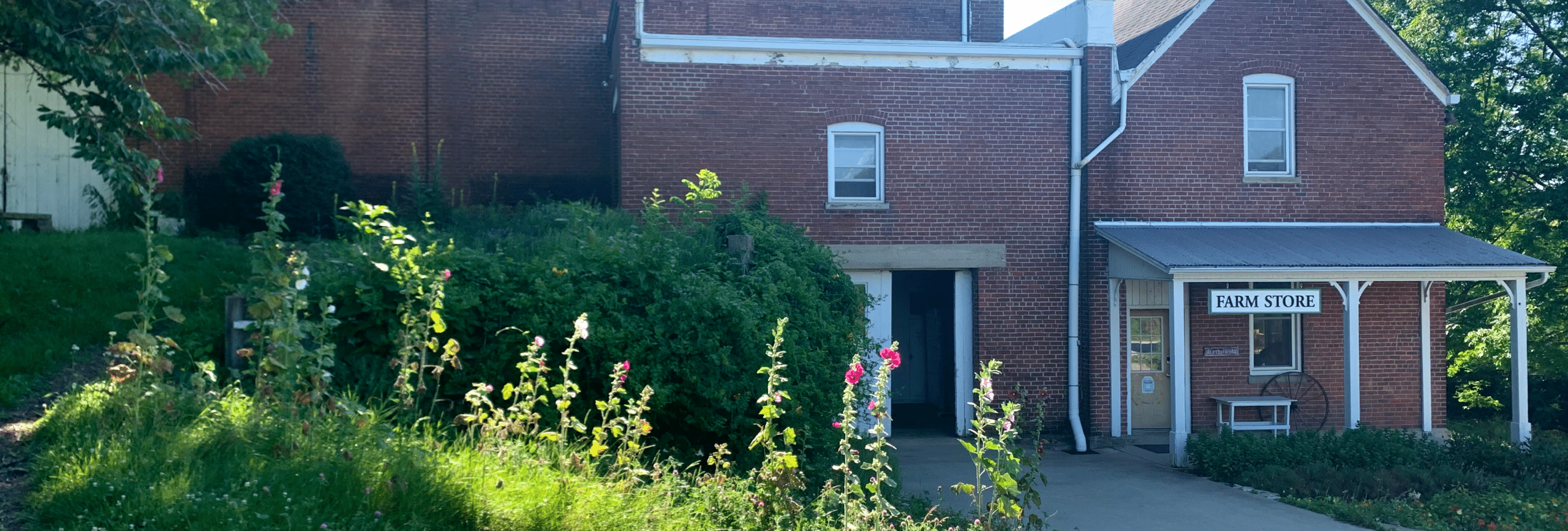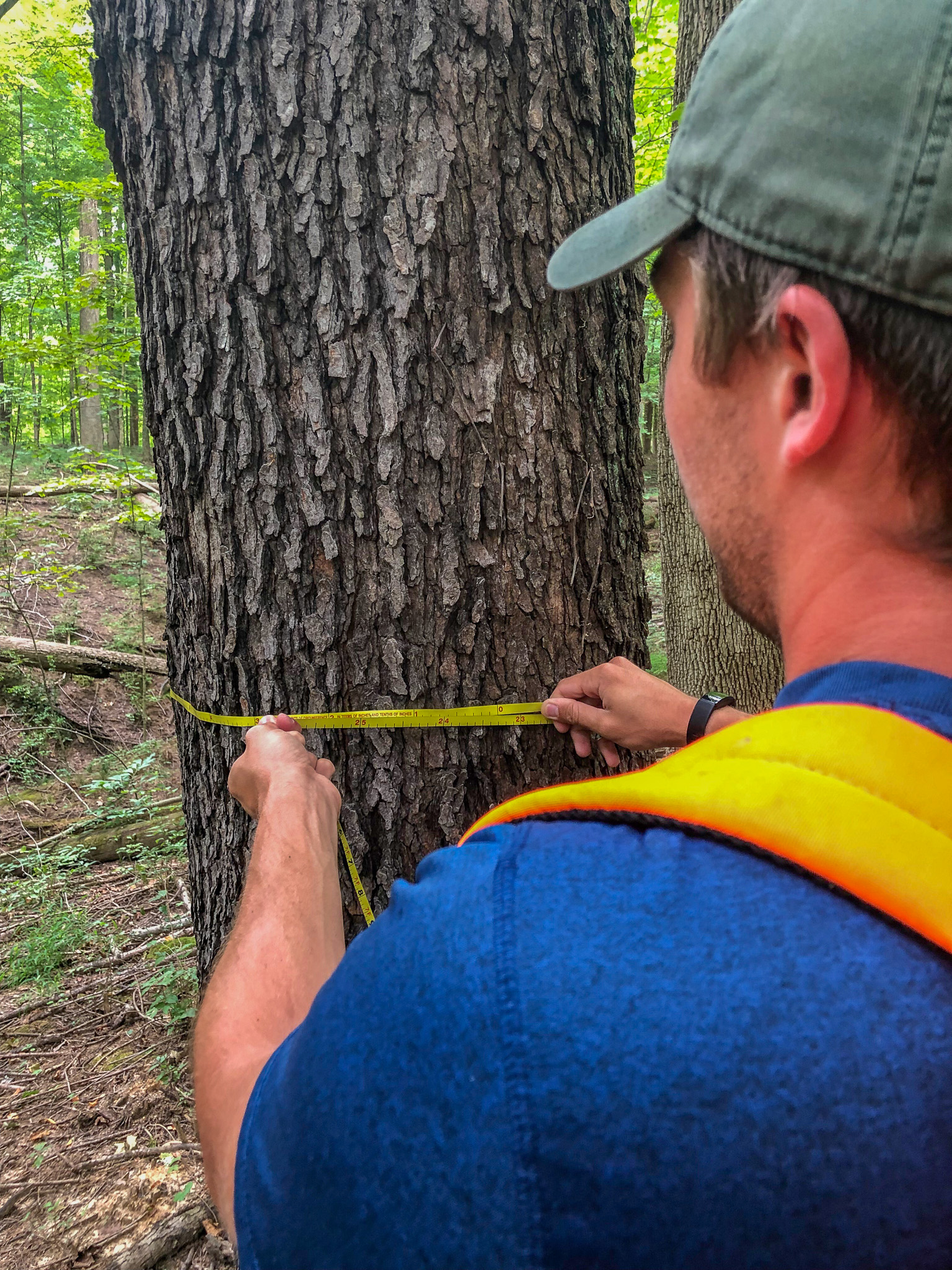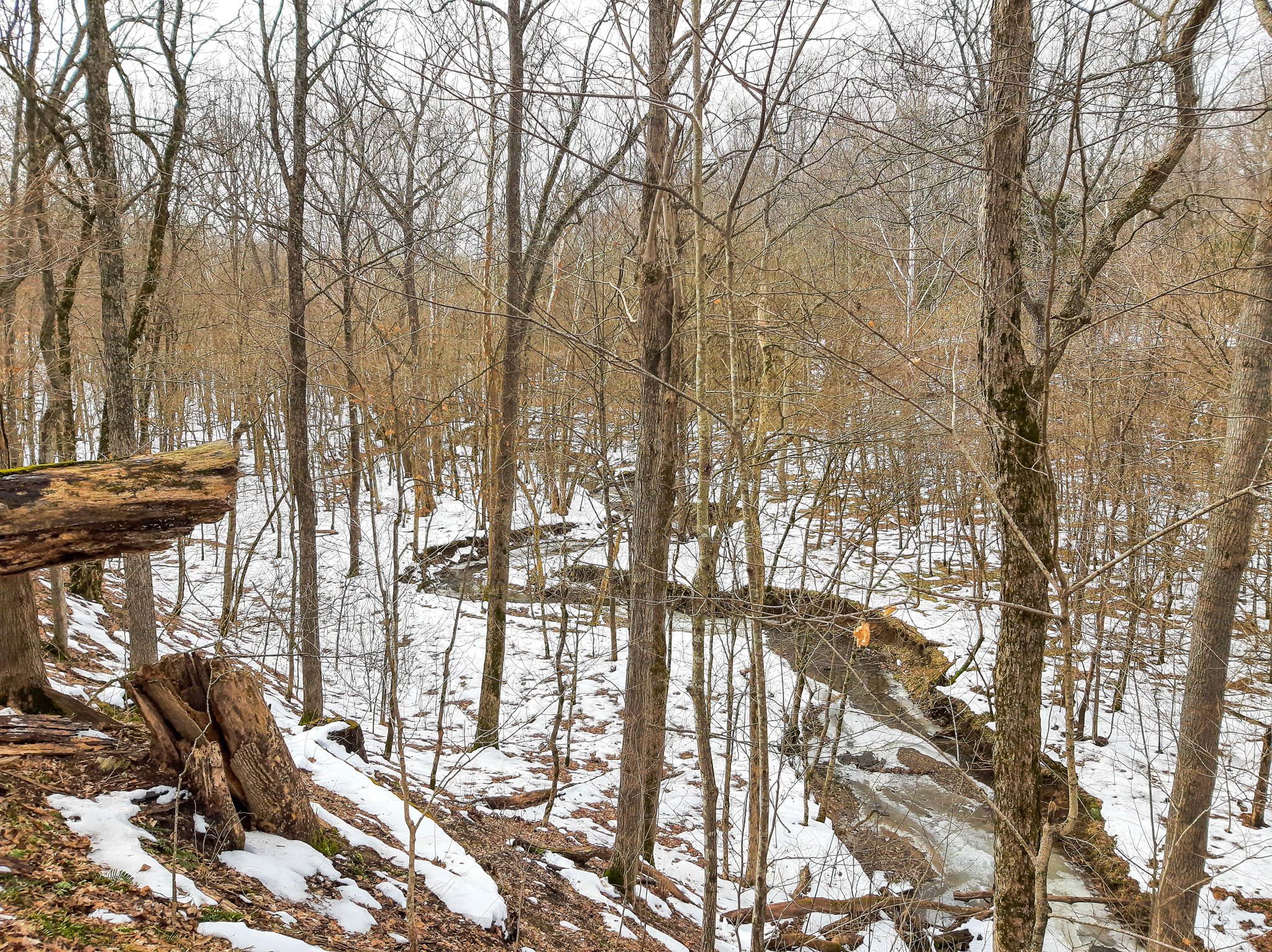Around Greenacres - Spring 2025
A Strong Season for Our Flock
Spring has brought exciting news from our pastures—this year’s lambing season was one of our most successful to date. With a lambing rate of over 200%, our ewes (adult female sheep) averaged two lambs each, far exceeding the national average of 107%. This strong performance highlights the health of our flock and the success of our rotational grazing and breeding programs.
Our sheep are managed on pasture year-round and serve an essential role in our multi-species grazing system. They are typically rotated alongside our cattle, supporting soil health and pasture diversity by grazing a different mix of plants. This integrated approach not only improves pasture performance but also naturally reduces parasite loads, benefiting the health of both species.
You may also spot our flock in the Ley Field cover crops, where their weight makes them an ideal fit for grazing sensitive soils. Unlike cattle, sheep exert less pressure on the ground, minimizing the risk of soil compaction while still contributing to the breakdown of cover crops and the cycling of nutrients back into the soil.
As always, our management practices focus on the health of the animals, the land, and the long-term sustainability of our farms. With the success of this lambing season and continued thoughtful grazing, we’re optimistic about the months ahead.
Monitoring Wetlands for Wildlife and Water Quality
At Greenacres, our commitment to conservation includes the protection and restoration of imperiled ecosystems—like wetlands. Over the years, we’ve constructed several wetlands on our property with two primary goals in mind: creating vital habitat for native wildlife and improving the quality of water leaving our land.
These constructed wetlands are designed as a series of connected pools that mimic natural wetland function. Water flows gradually from one pool to the next through spillways, allowing suspended sediments to settle and excess nutrients to be absorbed by wetland vegetation. By the time water reaches the final pool and returns to the stream, it is significantly cleaner—benefiting ecosystems at Greenacres and beyond.
To ensure these wetlands are working as intended, our research team collects water samples each spring. We measure indicators like pH, dissolved oxygen, temperature, nitrogen, and phosphorus at both the first and last pools to track changes in water quality. Additionally, we survey for macroinvertebrates—small aquatic creatures like insect larvae—that serve as indicators of wetland health. Some species are highly sensitive to pollution, so their presence is a positive sign that our wetlands are functioning well.
This ongoing monitoring not only informs our management practices but also contributes to broader conservation efforts. By stewarding healthy wetlands, we support biodiversity, reduce nutrient pollution, and demonstrate how land stewardship can have positive ripple effects downstream.
Growing Under Cover: High Tunnels Expand Garden Production
This spring, the Garden Department made an exciting addition to our growing infrastructure by installing three 20×100-foot high tunnels on the Indian Hill campus. These metal-framed structures, covered with a protective plastic skin, help us extend our growing season and improve the quality and reliability of our crops. Outfitted with automated ventilation systems, the tunnels give us greater control over temperature, airflow, and moisture—key factors in sustainable, chemical-free growing.
Right now, one of our new tunnels is full of summer’s most anticipated crop: tomatoes. A staple of the season, tomatoes thrive in the warm, protected environment the tunnels provide. This early boost in growing conditions allows us to get tomatoes into the Farm Market sooner than ever. Plus, by eliminating rain exposure and using drip irrigation, we greatly reduce the risk of diseases typically spread by wet foliage and splashing soil—no synthetic chemicals needed.
The high tunnels will continue to play a major role as the seasons change. This winter, we’ll showcase how these structures help us grow cool-season crops, providing fresh, local produce even in the coldest months.
Be sure to stop by the Farm Market soon—our first tunnel-grown tomatoes of the season will be arriving before you know it!
Spring Touch-Ups and Thoughtful Improvements
From thoughtful restoration to creative reuse, the Buildings and Grounds team has been busy making Greenacres shine this spring.
At one of our barns, new shelving was built to help the livestock team stay organized and ready for daily animal care. These sturdy shelves were made from repurposed fencing, giving old materials new life while keeping sustainability at the heart of our work.
Over at the Arts Center, the team worked hard to refresh the landscaping, making sure everything looks its best for a busy season of spring and summer events. Their attention to detail ensures a welcoming and beautiful space for all our visitors. View upcoming events here.
To help establish the new garden at Nippert Barn, we’ve installed custom gates and fencing to help keep curious deer at bay. Look closely and you’ll spot a charming detail—a section of the original iron fence incorporated into the design, tying the past into the present.
And finally, one of the most exciting spring updates: the completion of our newest wetland near Nippert Barn! This project will enhance wildlife habitat and water quality, and we’re eager to watch it come to life as native plants bloom and birds and pollinators move in.
Leaders in Training: Empowering the Next Generation
Greenacres is proud to welcome a record-breaking 42 Leaders in Training (LITs) to our 2025 summer camps! Designed for high school students ages 14–17, the LIT program offers teens a unique opportunity to volunteer, gain hands-on experience, and receive mentorship from our dedicated educators.
This year, LITs will serve across all nine Greenacres camp sites, including our newest locations: Nippert Barn and Michaela Farm. Each participant commits to two weeks of service, supporting day-to-day camp activities while bringing energy, curiosity, and leadership to every corner of Greenacres.
LITs will also set personal leadership goals and develop SMART (Specific, Measurable, Attainable, Relevant, Time-bound) goals tailored to each site they serve, helping guide their personal and professional growth throughout the summer.
We’re inspired by the enthusiasm and commitment of these young leaders as they engage with nature, build essential skills, and make a meaningful impact in their communities.
A Spring Season of Service and Stewardship
The Equine Center had a vibrant and productive spring thanks to the energy and dedication of visiting student groups who joined us in service projects across the property. Their efforts not only supported our daily operations but also deepened their connection to nature and land stewardship.
We welcomed 75 middle schoolers from Clark Montessori over the course of three days. These students rolled up their sleeves to take down, clean, repaint, and reinstall bird boxes throughout the gardens and along the 8400 Blome Road driveway—giving important nesting habitat a fresh start for the season.
Fifth graders from Deer Park spent the day learning about pasture management by measuring and marking the temporary fencing lines we use for rotational grazing. It was a hands-on lesson in sustainable livestock care.
Roger Bacon High School brought nearly 70 students to our South Farm, where they tackled a variety of projects. They pitched in with garden tasks, cleaned and organized equipment in the equine classroom, and even constructed a new stump circle near the jump field pasture—providing a welcoming gathering space for future visiting groups.
We also enjoyed hosting the Indian Hill High School Leadership group, who visited four times this spring. Their visits were a blend of fun and service—they played a round of Greenacres Jeopardy to learn more about our work, painted bird boxes, and helped pack up recycling.
Spending time with these hardworking students was a true highlight of our spring. Their willingness to learn and contribute was inspiring, and we’re grateful for the many ways they supported our team and mission.


